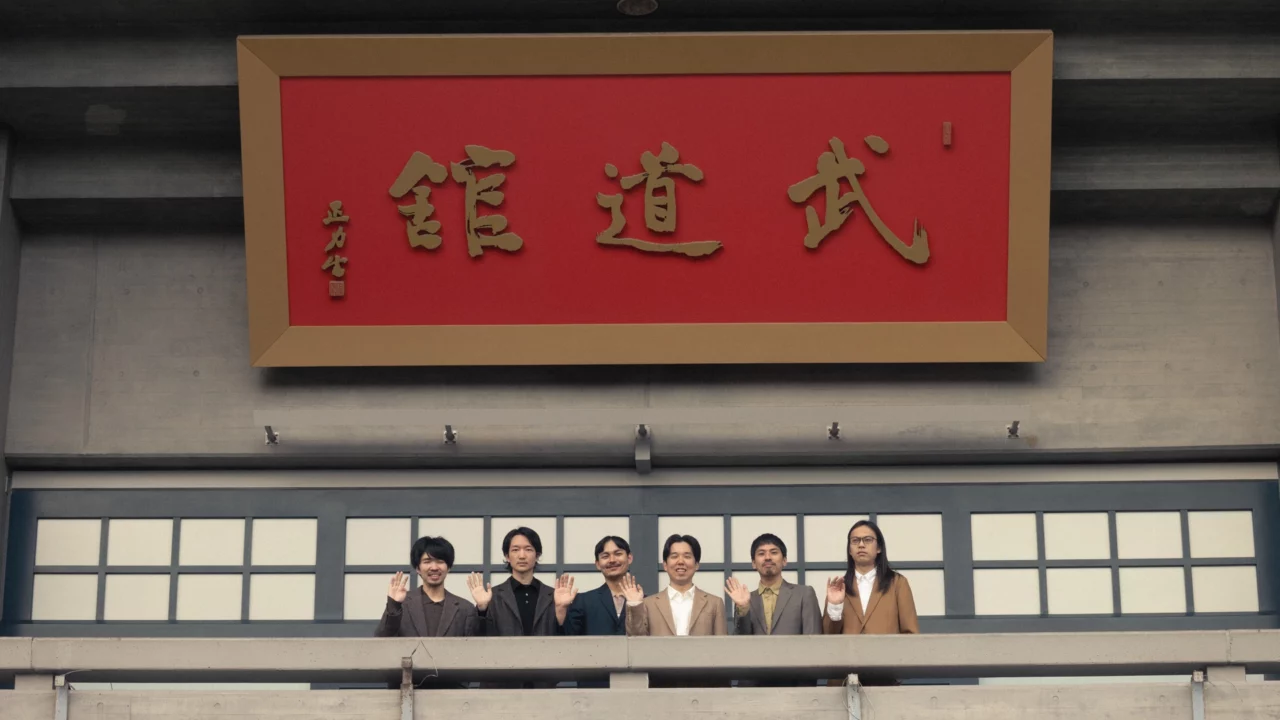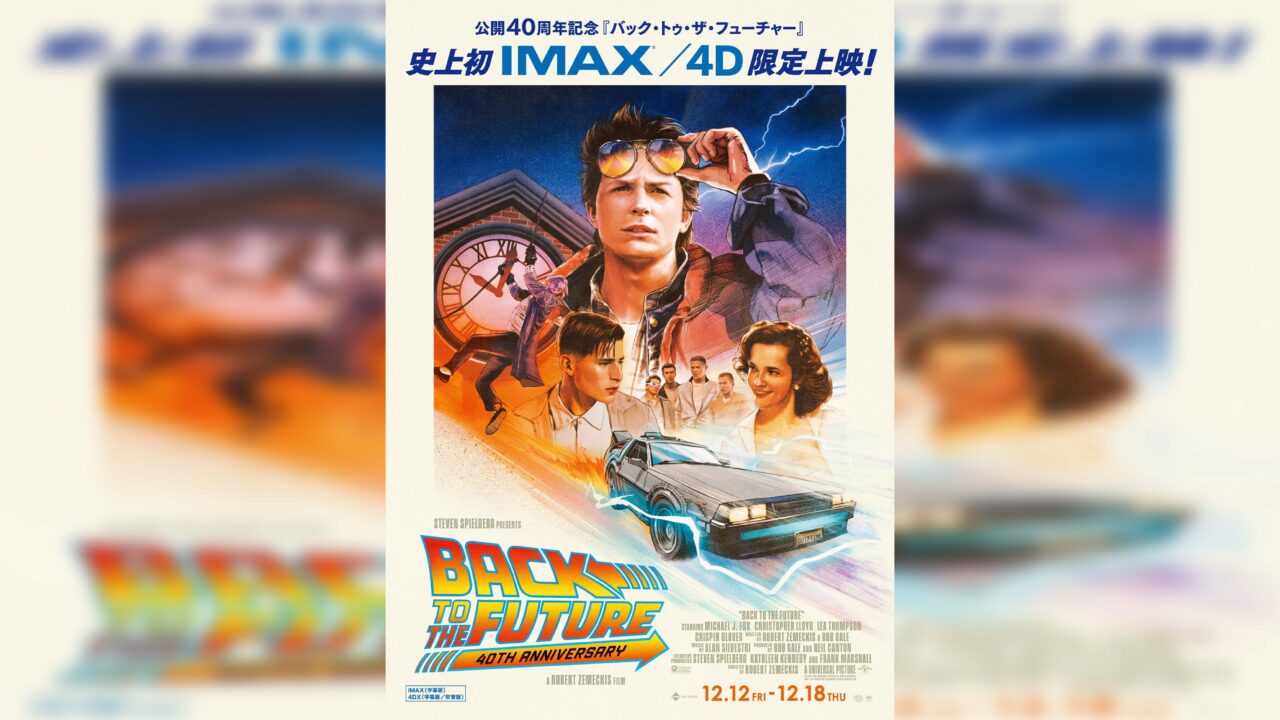INDEX
Evolution of Berlin’s Urban Landscape
Last year, on its 60th anniversary, “Kino International” initiated a period-limited event featuring masterpieces from German cinema history, after which it embarked on approximately two years of renovation work. Many have rushed to visit the theater before the renovation, but what exactly will be done during this extensive renovation period? We posed several questions to the public relations representative of “Yorck Kinogruppe,” which operates 14 cinemas including the said theater.
Kino International is admired by many as a beautiful architectural symbol of history. Will its character change after the renovation?
Our venue is designated as a tangible cultural asset and recognized as a significant national monument of historical architecture. Therefore, extensive alterations are legally prohibited, and there will be no change to its exterior appearance. It will undergo thorough cleaning and, if necessary, restoration. In cases where damage is too severe for restoration, efforts will be made to recreate the original ambiance in accordance with traditional cultural norms, so as not to disrupt its historical essence. It might be more accurate to describe the process as restoration rather than renovation. This is because it involves not just superficial aspects but a reassessment of the entire infrastructure including wiring, heating, and other utilities hidden beneath the surface.

As long as the law remains unchanged, there seems to be no worry about the most famous and rare cinema in Berlin changing its appearance. However, Berlin has been fervently engaged in urban development for many years now, with dilapidated old buildings, not designated as cultural heritage, being demolished one after another, and the construction of modern high-rise buildings exuding luxury.
While there is a culture of cherishing historical buildings, I also feel that gentrification through urban development is progressing. What are your thoughts on this?
I believe urban development is necessary to revitalize the city, but there is still room for improvement overall in Berlin. Many cities in Paris and the Netherlands have a grand vision to enhance the quality of life across the entire city. In Berlin, there are vibrant neighborhoods like Mitte that aim for sustainable urban development. Our cinema is a landmark in Mitte and plays an important role in efforts to improve the area.
In Japan, cinemas equipped with the latest technologies like IMAX and 4DX have become mainstream, and old-fashioned single-screen cinemas with history and charm are closing one after another. This trend is the opposite of Germany’s. What are your thoughts on this?
I’m not familiar with the cinema scene in Japan, but in Europe, there are many historic cinemas like Kino International that provide a wonderful atmosphere for movie-watching. However, most historic cinemas have survived for so long precisely because they have adapted to modern standards in terms of technology. I think emphasizing the technical aspects, as Japan does, is also an important element in the movie experience. We regularly update every aspect of our cinema, from projection rooms and sound systems to seats and concession stands. This allows us to maintain a cinema that not only looks beautiful but also satisfies our audience.


In 1989, the Berlin Wall collapsed, and in the following year, 1990, Germany was reunified. As a result of the absorption and merger of East Germany by West Germany, symbols of the socialist state were demolished one after another, and simultaneously, the remnants of East Germany faded away. “Kino International” will undoubtedly be carefully preserved as a testament to having weathered through those tumultuous times. Berlin, where traces of the era of the wall still linger, exudes a mysterious and enchanting allure. With a blend of antiquity and modernity, this city establishes its unique culture, which makes it a captivating place to watch for future transformations, distinct from other cities in Germany.






















